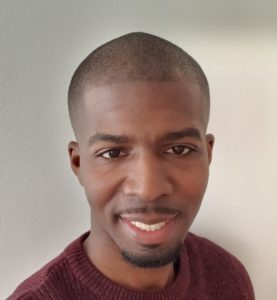The Board of Trustees of Eastern Nazarene College today announced it has voted unanimously to begin the process of closing ENC and transitioning it into a new educational enterprise that will carry on ENC’s legacy of providing a transformational education that equips diverse students to lead and serve our world as agent of Christ’s love and truth.
- About
- Academics
- Tuition and Aid
- Student Life
- Athletics
read more

